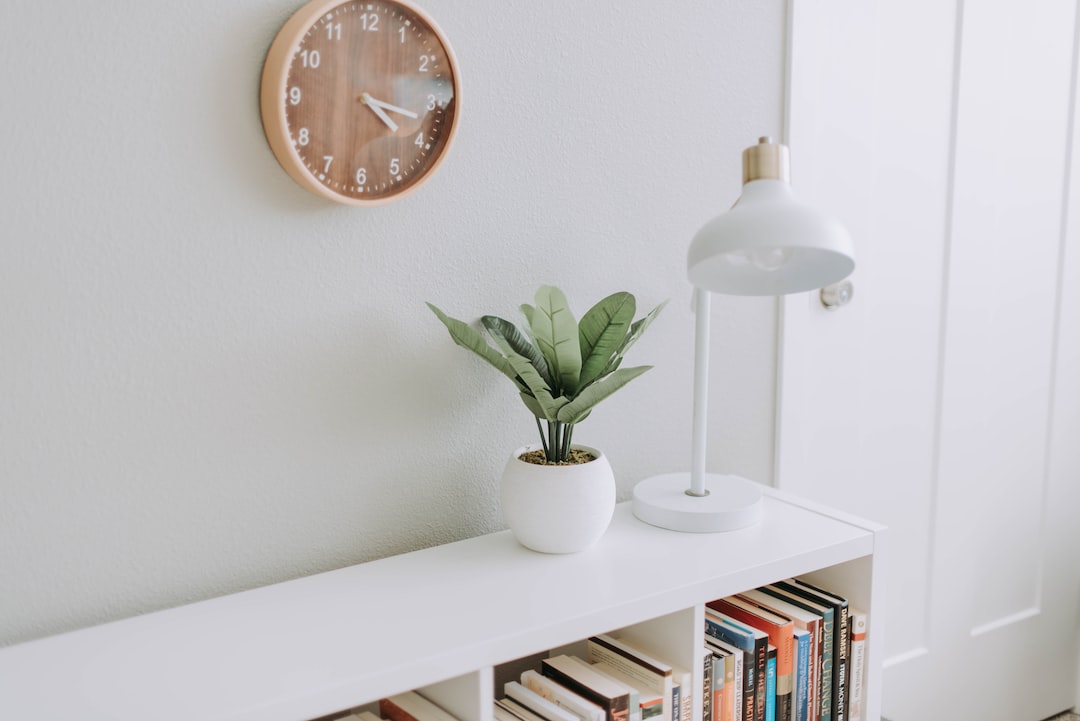Everybody has experienced a plumbing issue at some point in their lives, whether it’s a leaky faucet, a clogged drain, or a running toilet. These common plumbing problems can be quite frustrating and inconvenient. However, before you panic and call a professional plumber, there are several quick fixes you can try yourself. Here are some simple solutions to common plumbing issues that don’t require any special tools or expertise.
Leaky Faucet: A drip-drip sound coming from your faucet can be irritating and wasteful. Most leaky faucets occur due to a worn-out or damaged washer. To fix it, you’ll need to turn off the water supply to that faucet; you’ll usually find a valve under the sink. Next, remove the decorative cap on top of the handle, unscrew it, and take out the stem. You’ll find a rubber washer at the bottom of the stem; simply replace it with a new one. Reassemble the faucet by reversing the steps, turn on the water supply, and voila! Your leaky faucet should now be fixed.
Clogged Drain: Slow or completely blocked drains are a common plumbing issue that can cause water to accumulate, resulting in unwanted odors and potential water damage. To fix a clogged drain, start by pouring boiling water down it, which can sometimes dissolve the blockage. If that doesn’t work, mix equal parts of baking soda and vinegar and pour it down the drain. Let it sit for a few hours or overnight, then flush it with hot water. This method often breaks down the blockage and allows the water to flow freely again.
Running Toilet: A running toilet can waste a significant amount of water and increase your water bill. To fix this, first, remove the toilet tank lid and locate the flapper valve at the bottom. The flapper valve is usually connected to the flush handle. Check if it’s properly sealing the drain hole. If it’s not, adjust the chain length or replace the flapper valve altogether. Another potential issue could be the float ball or cup, which controls the water level. If it’s set too high, water may continuously flow into the overflow tube. Adjust the float ball or cup to an appropriate level to prevent a running toilet.
Low Water Pressure: If you’re experiencing reduced water pressure in your home, there are a few quick fixes you can try. Start by checking all your faucets to determine if the low water pressure is isolated to one faucet or throughout the house. If it’s only happening in one faucet, the aerator may be clogged. Unscrew the aerator at the tip of the faucet and clean away any debris before reattaching it. If the low water pressure is affecting multiple faucets, it could be due to a partially closed water main valve. Locate the water main valve and ensure it’s fully open. If these simple fixes don’t work, you may need to consult a professional to investigate further.
By learning these quick fixes for common plumbing issues, you can save yourself time, money, and the hassle of calling a plumber. However, it’s essential to remember that not all plumbing problems can be easily fixed by amateurs. If you feel uncomfortable or unsure about any plumbing repair, it’s best to consult a professional to avoid causing further damage.

